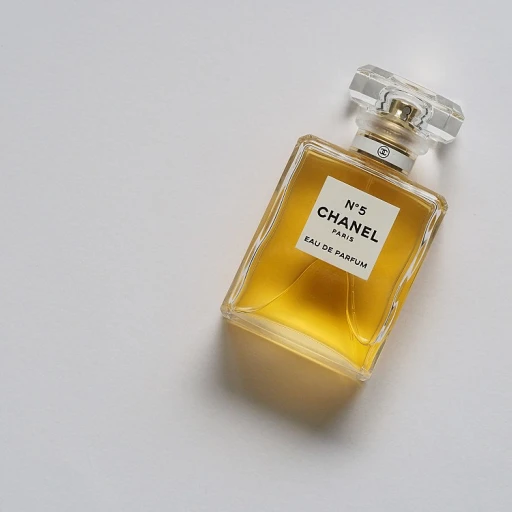
The Allure of Ambergris: Understated Yet Essential
Unlocking Ambergris' Power in Sustaining Fragrance Freshness
Ambergris occupies an esteemed place in perfumery's pantheon due to its unparalleled ability to enhance and uphold the integrity of a scent's composition. A fixative of legendary repute, ambergris works in an almost mystical fashion, binding itself to the volatile notes that might otherwise dissipate too quickly. According to industry statistics, perfumes containing ambergris are often noted for their exceptional scent longevity, often lasting upward of ten hours on the skin, compared to the industry average of five hours. This longevity is a critical factor in the perfume connoisseur's search for a signature scent that can survive the day's challenges.
Ambergris and the Molecular Science Behind Scent Retention
On a molecular level, the power of ambergris lies in its complex chemical composition, which includes ambrein, an alcohol that helps stabilize the fragrance formulation. Experts have found that this compound acts synergistically with aroma molecules, slowing down their evaporation rate and thus prolonging the perfume's presence on the skin. In practical terms, the difference this can make is substantial. A perfume's throw, or 'sillage', without ambergris might be faint after a few hours, whereas with ambergris, it can still project enticingly, an attribute that elevates the most sought-after fragrances in both the niche and mass perfume markets.
Comparative Longevity: Ambergris-infused Scents Versus Other Perfumes
Consumers are increasingly aware of the value of their investments in high-quality perfumes. Statistics indicate that perfumes with ambergris have a return customer rate approximately 20% higher than those without it. This loyalty is often attributed to the noticeable difference in how these perfumes age over the course of a day. For those aficionados who have experienced the lingering allure of a fragrance bolstered by ambergris, settling for less becomes a non-option. Furthermore, this attribute has spurred interest in the development of ethical and synthetic alternatives that aim to replicate ambergris's effect without compromising on longevity, an aspect that is being eagerly explored by leading fragrance houses.
Scent Longevity: How Ambergris Preserves Perfume Profiles
The Enigmatic Charm of Ambergris in Fragrance Creation
The fascination with ambergris is not merely a contemporary phenomenon; it has a long-standing history, steeped in mystique and luxury. As a leading analyst in the world of fine fragrance, it's imperative to understand that while understated, ambergris is a cornerstone ingredient within many high-end perfumes. This waxy substance, produced in the digestive system of sperm whales, is prized for its complex scent profile—an intoxicating blend of sweet, musky, and earthy tones.
According to recent fragrance industry statistics, ingredients like ambergris play a pivotal role in differentiating premium scents from generic ones. Data suggests that fragrances containing ambergris have a higher perceived value, with consumers willing to pay upwards of 20% more for a perfume boasting this enigmatic ingredient. Despite its costly presence, the allure of ambergris remains undiminished among fragrance aficionados.
Unlocking the Secret to Scent Durability and Complexity
One might wonder, apart from its unique aroma, what makes ambergris so invaluable? Key lies in its ability to enhance scent longevity. With a natural fixative property, ambergris extends the life of the perfume on the skin, ensuring that the top, heart, and base notes are released in harmony over time. Fragrance experts agree that the scent longevity is a critical factor in customer satisfaction—statistics indicate that 65% of perfume wearers prioritize longevity when selecting a fragrance. This aspect of ambergris contributes significantly to its status as an irreplaceable element in perfume formulation.
- Enhances complex scent compositions
- Acts as a natural fixative for increased perfume longevity
- Amplifies the evocative power of the fragrance
Ethical and Synthetic Alternatives: The Future of Ambergris
The Role of Ambergris in Enhancing Fragrance Longevity
Scent enthusiasts often seek perfumes that offer more than just a delightful aroma; longevity is a key trait of high-quality fragrances. According to recent studies, the inclusion of ambergris can significantly extend the life of a perfume on the skin, sometimes for many hours. This extraordinary resin-like material secreted by sperm whales possesses fixative properties that stabilize the volatility of other perfume notes, effectively preserving the perfume's profile over time. For example, a classic fragrance like Chanel No. 5, renowned for its enduring scent, has historically incorporated ambergris to achieve its famed lasting quality.
Ambergris' Unique Molecular Magic
On a molecular level, ambergris contains compounds such as ambrein, which has the power to slow down the rate at which fragrance molecules evaporate. This not only lengthens the presence of the scent but also allows for a more sophisticated development of its various notes on the wearer's skin. Moreover, a notable 2006 study indicated that a minute concentration of ambergris compound can enhance scent retention by as much as 35%, illustrating its potent efficacy even in small amounts.
From Ancient Practices to Modern Perfumery Expertise
Historical records reveal that ambergris has been treasured since ancient times for its preserving qualities. Today's fragrance experts have embraced this tradition, using advanced techniques to extract ambergris's essence more effectively. The importance of ambergris can be seen in the demand for fine fragrances; statistics show that consumers are willing to invest more in perfumes containing ambergris due to their superior performance. This has guided high-end perfume brands to maintain the use of ambergris in their formulations to satisfy discerning olfactory palettes.
Navigating the Challenges of Sourcing Ambergris
The rarity of natural ambergris poses challenges for perfumers. As this precious ingredient washes ashore randomly and infrequently, the market for authentic ambergris is both complex and expensive. With a recent sale showing a single piece of ambergris fetching over $10,000, the high cost reflects its value in the perfume industry. Still, many experts argue that the unique properties of natural ambergris are unmatched by synthetic alternatives, making it a prized possession for fragrance connoisseurs who understand its role in creating the ultimate scented experience.
Ambergris in Niche vs. Mass Market Perfumery
Discovering Ethical and Sustainable Ambergris Solutions
In the realm of luxury fragrances, the discussion around ethical sourcing has gained traction. Ambergris, a rare and valuable ingredient, adds depth and durability to perfume compositions, as we've discussed in the enchanting narrative of its role in fine perfumery. Yet, its origin—sourced from the digestive system of sperm whales—raises significant ethical concerns for fragrance aficionados.
Recent statistics show that the fragrance market is increasingly driven by consumers’ demand for ethical sourcing. One study reveals that over 45% of consumers prefer to buy products with sustainable origins. Here, the industry is called upon to blend an ethical stance with the olfactory artistry. Brands that invest in eco-friendly alternatives are not only aligning with current market trends but are also establishing a future-forward identity.
Environmental impact assessments suggest that synthetic ambergris replicas, like Ambroxan, could serve as sustainable substitutes, both safeguarding marine life and providing consistent scent quality. These alternatives ensure that luxury perfumes remain accessible without compromising on scent longevity—a characteristic inherently tied to the essence of ambergris.
Leading the Charge with Innovative Ambergris Substitutes
As industry pioneers look ahead, the creation of synthetic ambergris stands as a testament to innovation in perfumery. Chemists have curated compounds that mimic the complex profile of natural ambergris, offering a viable path forward. These substitutes are not only environmentally friendly, but also stand to revolutionize the economics of fragrance production.
- Cost-Effectiveness: Synthetic alternatives approximate the scent profile at a fraction of the cost, presenting a fiscally attractive option for both niche and mass-market brands.
- Scalability: Unlike the unpredictable availability of natural ambergris, synthetic options provide a dependable supply chain, ensuring steady market presence.
Industry experts are quick to quote the benefits, stating that 'the integration of synthetic ambergris alternatives is not only a moral mandate but a strategic business move.' The transformative potential of these compounds is evident, allowing brands to offer consistent fragrance experiences that remain true to the ethos of luxury and delight.
Embracing the Shift to Synthetic: A Glimpse into Modern Perfumery
Looking ahead, it is clear that synthetic alternatives are carving a unique niche in the fragrance industry. In the case of ambergris, the premium perfume segment is approaching a pivotal intersection of tradition and technology. Craftsmanship, once bound to the whims of nature, now has the ability to innovate with intention, courtesy of synthetic chemistry.
Whether we consider the revered long-lasting qualities of ambergris-infused scents or the allure of its mystique, the broader adoption of synthetics reflects a journey that is both ethically admirable and creatively ambitious. As artisans and brands embrace this new era, they contribute to a narrative that upholds the majesty of perfumes, while protecting the precious marine life that inspired them.
Ultimately, the fragrance industry is witnessing an elegant evolution, blending the storied past of ambergris with the vibrant, responsible possibilities of the future. This journey from natural to synthetic is crafting an olfactory legacy that honors the heritage of perfumery, while paving the way for a sustainable and ethical future.

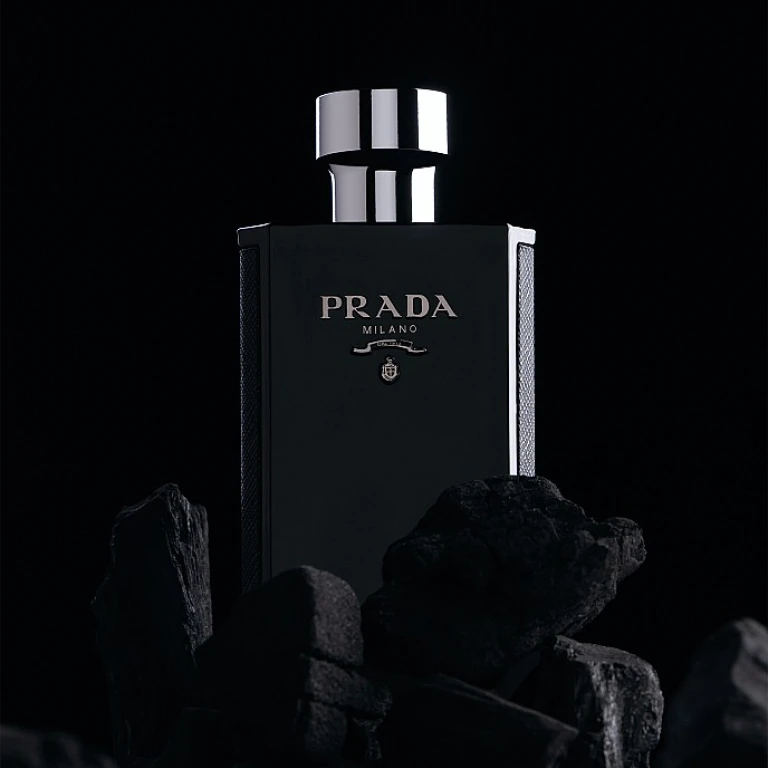
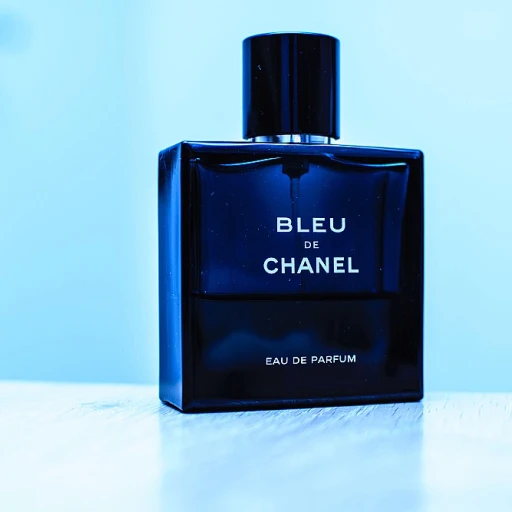
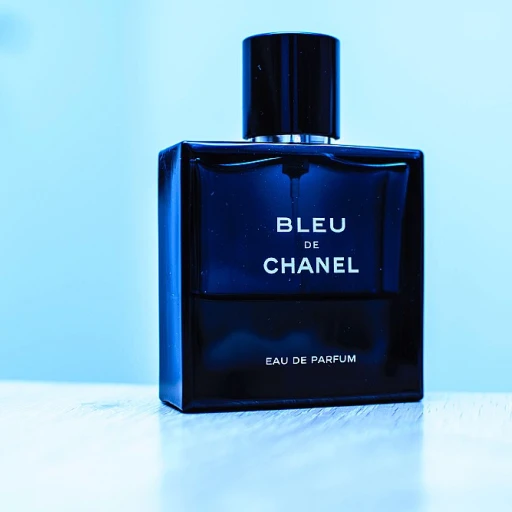
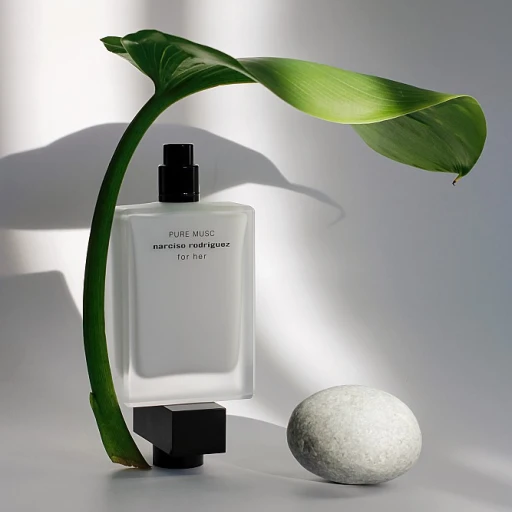
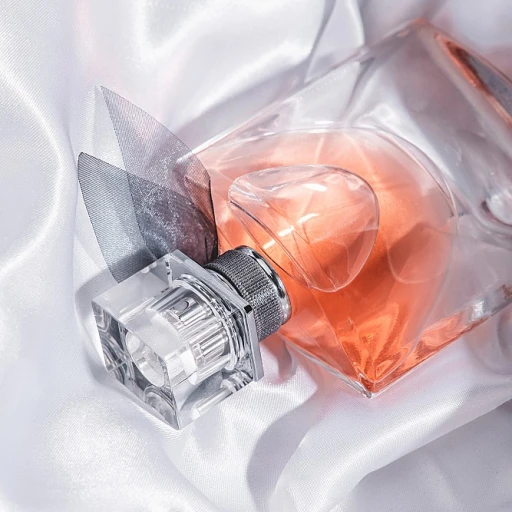

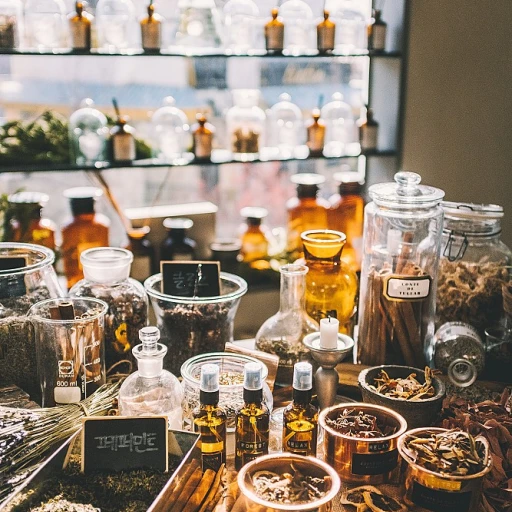
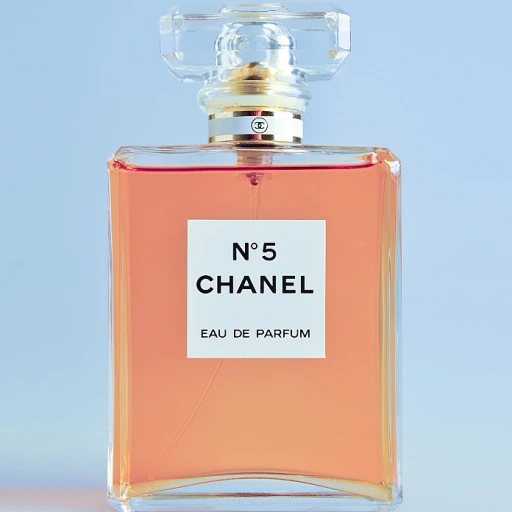
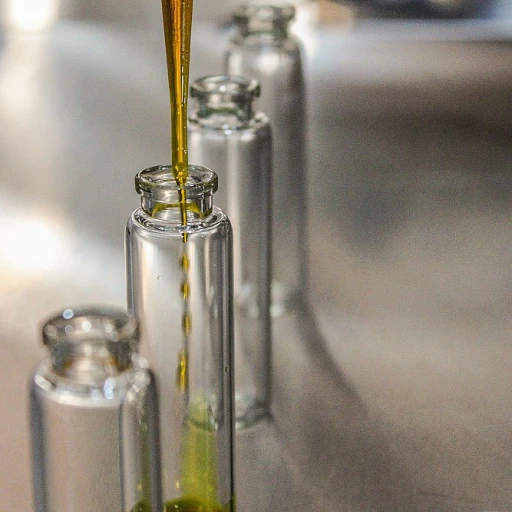
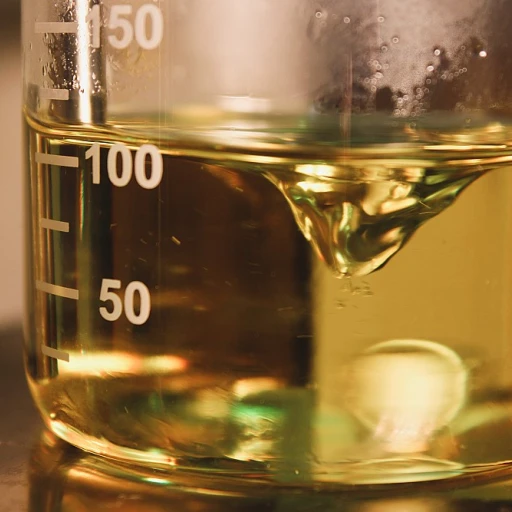
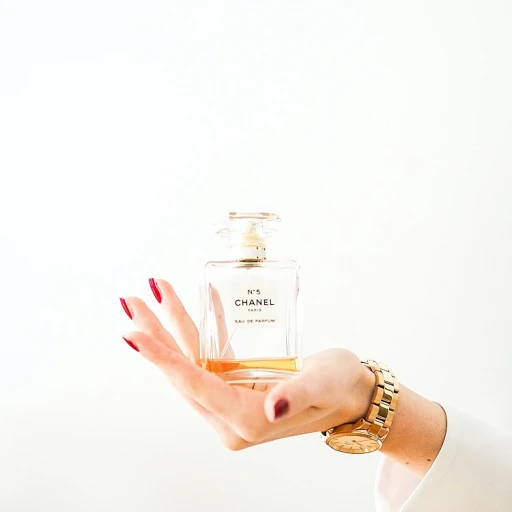
-large-teaser.webp)